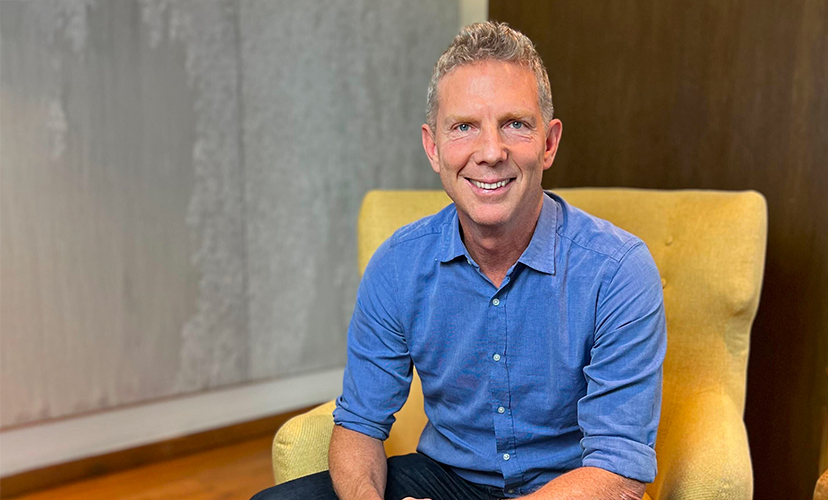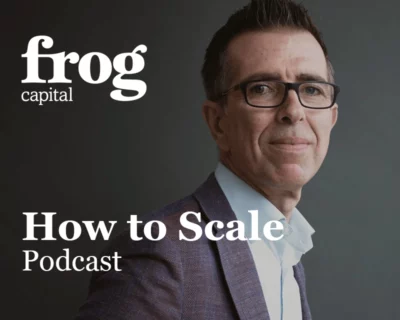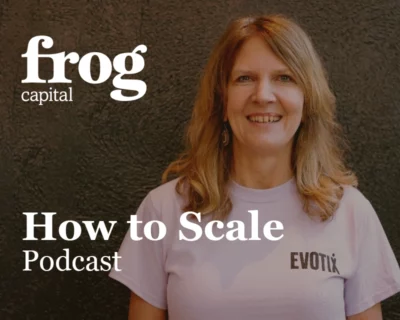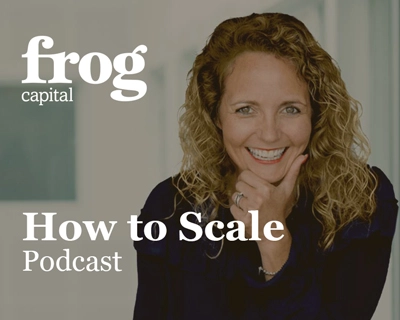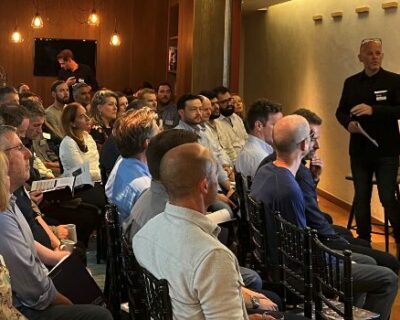‘Life is not a pattern of gradually evolving improvements. It is a series of long, fallow patches punctuated by moments of crucial change. How you handle the long fallow stretches doesn’t matter much. How you handle the moments of change is vital.’
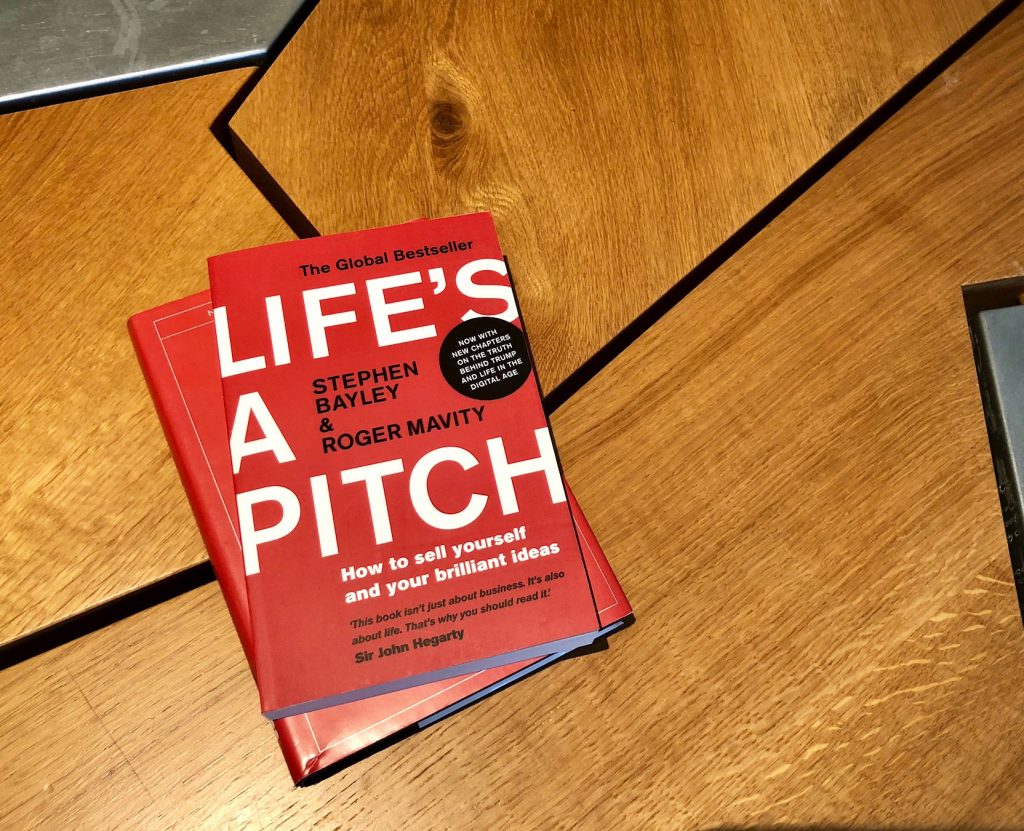
‘These big moments of change are not decided by chance – they are decided by how you handle them. How you pitch your case is what makes the difference.’
I hate to admit it, but Bayley and Mavity are scarily right with their core premise; the major steps in your life boil down to key moments where someone is assessing whether they trust you. If you are self aware enough to realise the difference between pitching yourself well and badly, then this ‘Life’s Pitch’ is a good, quick read.
What if you aren’t – is it even more valuable? Are most of us less self aware than we think and as a result miss these key moments without even realising? Or squander them through self-sabotage without being aware that that’s what’s going on?
Life’s a Pitch gives us a sharp reminder that creating and delivering a persuasive, impactful pitch and gaining trust from your audience, whether they be a key hire, an investor, an acquirer or even a life partner, is not easy, and by planning, you can significantly improve your performance.
Key takeways:
- Telling your story is more theatre than information. It’s not just about data, track record, stats. Even the most logical of audiences base their judgements on whether they trust your vision of the future. Whilst numbers, stats and assumptions are important, their core judgement will be heavily influenced by whether they believe in you and that you have the energy, expertise, team and insight to succeed.
- People buy people. Yes, I’ve just said that. But we forget it, and Powerpoint has a habit of constraining passion and drawing you into detail. It is not the originality of the idea which drives most business success, but the commitment to making that idea happen. Ensure your pitch doesn’t constrain the impression you give of your belief and commitment.
- Don’t give a summary at the beginning! You’re telling a story. Let it evolve through the pitch. Keep control of your pitch by developing your story step by step.
Bayley and Mavity’s book made me rethink what I mostly knew already, but don’t put into practice enough due to time pressures. Remembering that it is never the presentation that’s on trial, it is the presenter is a refreshing start. This is actually your safe zone. Because you completely believe in your vision and why you are doing what you’re doing, practice a clear, simple summary of your thinking and why you have given up every other opportunity to focus on this opportunity right now.
‘Your audience wants to back a winner. So you have to look like a winner.’ And how do winners comes across as winners? Bayley has four signposts. Winners set their sights high; they are ambitious. Winners are pragmatic. Although they’re ambitions, they are not dreamers. Winners concentrate on the big issues. Winners keep it simple. They communicate their ideas in a clear, compelling way. Elon Musk comes to mind.
IF you have to do powerpoint, do you have slides with masses of information? Ditch them. Does your argument wander at all? Rethink it. Do you need more than a sentence to sum up your big idea? Start again – it’s almost certainly not a big idea yet. Bayley challenges you to identify one slide that encapsulates your central idea. The ‘cornerstone’ slide, the one they have to remember.
Build confidence by expressing yourself simply. The more complex the reassurances you give, the less reassuring you become. But yes, detail is important, in the right place. Your audience want to know that there is depth and detail behind your simple message, so you must demonstrate that the detail has been taken care of. Whilst you have command of the strategy and the big idea, you have strong troops who can provide all the technical and tactical back-up they need.
Funding and ultimately selling your business are key elements of Frog’s Scale-Up Methodology. Life’s a Pitch won’t radically change your path, but it will tighten up your thinking. It is still surprising how poorly some people pitch their stories. Senior, experienced executives still misread the audience dynamic and under-invest in understanding an audience’s pain point. They over-complicate their thesis, let the slides get in the way and underestimate the importance of commitment and trust. Don’t be one of them.
We’ll be exploring the keys to pitching in scale-up in next week’s blog.

